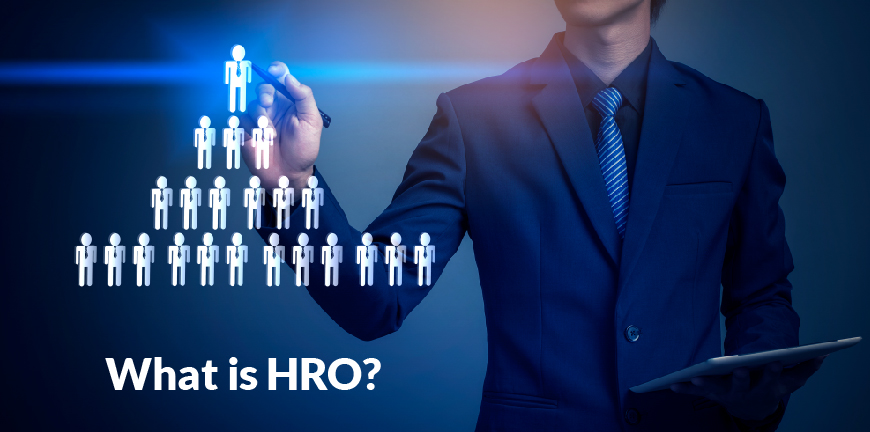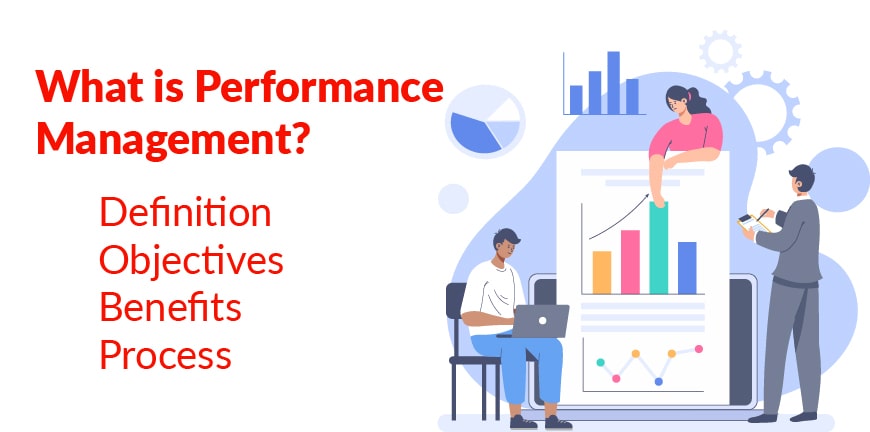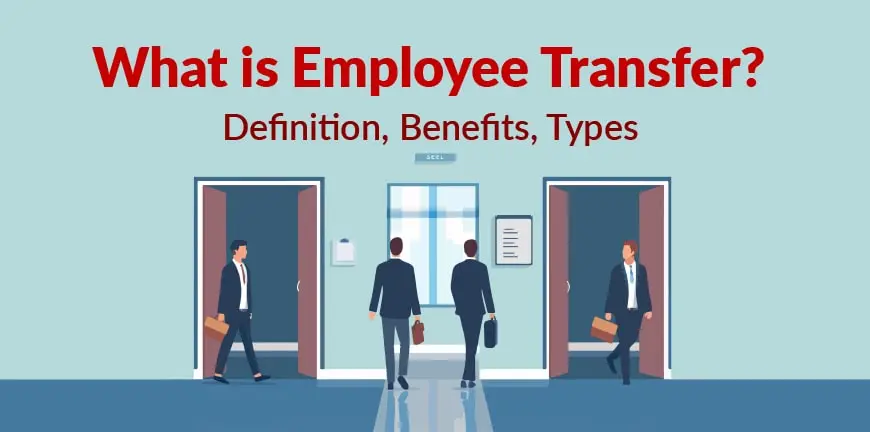
What is Human Resource Outsourcing? (HRO)
25/05/2023
Manpower Planning for India’s Green Energy Sector
09/06/2023Diversity, Equity, and Inclusion have been the center of discussion in HR (Human Resources) departments of organizations for many years. While the topic always got attention, post the events in 2020, the emphasis on the importance of diversity and inclusion and non-discrimination rose rapidly.
Given the intangible and difficult circumstances Post Covid, many corporations tried to set up diversity committees and Employee resource groups (ERGs’) to provide employees with a safe space to discuss their problems and concerns and offer them emotional support. While this proved to be solid proof of their commitment to being just with all groups of people, there was one crucial step they missed out on- aligning the goals of their diversity efforts and ERGs with the organization’s financial goals.
What is an Employee Resource Group?
Employee resource groups are employee-led groups sharing a common interest or concern, that voluntarily focus on diversity and inclusion initiatives, revolving around aspects of common identities, race, gender, sexual orientation, religion, social interests, etc.
There are several types of employee resource groups. Some of the major ones are-
- Identity-based ERGs or affinity groups
- Interest-based ERGs
- Career-focused ERGs
- Well-being support ERGs
- Professional development groups
- Volunteer groups
- Diversity groups
- Business resource groups
ERGs provide opportunities for like-minded employees to collaborate and talk about issues that arise in an organization. ERGs help in keeping employees engaged, provide them with opportunities to grow their network as well as guide them in their personal and professional development.
At BioSpace’s recent Building a Culture of Inclusion panel, Quinnie Wong, DEI (Diversity, Equality, and Inclusions) leader of Pfizer emphasized the fact that while ERGs are instrumental in creating a bond between employees, they can also help employees reach their maximum potential.
What is the Importance of Having an ERG?
Diversity and Inclusion are at the heart of any organization’s success and reputation. An ERG can help deliver value to organizations through their DEI efforts.
One of the main benefits of employee resource groups is that they build a sense of belonging among employees and connect people socially and professionally by helping them interact with others.
According to a report from the Society for Human Resource Management (SHRM), 90% of companies mentioned that ERGs were extremely helpful in making new hires comfortable during their onboarding process. 70% of the companies took the help of ERGs to highlight the demographics of their wide customer base.
ERGs are an essential tool for improving workplace diversity, inclusiveness, and employee engagement.
So, what kind of groups come under the ERGs? Some of the employee resource group examples include-
- A women’s network.
- A network for people of color.
- An LGBTQ network.
- A working parent’s support group.
- A sustainability committee.
- A veteran’s support group.
- A network for people with disabilities.
- A mental health advocacy group.
Leading firms like Microsoft, Intel, and Coca-Cola are some of the best examples that demonstrated the benefits of having employee resource groups as they utilized the efforts of ERGs to achieve business goals and build a culture of inclusivity.
Microsoft developed over 100 ERGs focused on different themes. Out of the many employee support group examples, Disability inclusion, and veterans’ affairs were two that were especially important among those. The Disability ERG led to the creation of a new AI-powered application providing a real-time closed caption for movies that were extensively used throughout the organization. The African American/Black employees at ERG have aided in the development of Microsoft’s racial equality efforts.
Coca-Cola has over 12,000 ERG members worldwide with programs encouraging development and influence in place. One of the noteworthy programs is The Women’s Leadership Council ERGs mentorship project, which matches female leaders with women working in different sectors. The program was praised for its phenomenal results in employee engagement and retention, as well as for improving diversity in leadership roles.
Basis of the Success of Employee Resource Groups
The concept of an ERG may sound simple enough but implementing it the right way to reap the desired results needs a definitive plan. Setting up an ERG Without proper planning could have the opposite effect.
If you are looking to create a successful ERG, the first step is to make a plan.
You need to factor in a few things before creating an employee-led group and entrusting them with the organization’s DEI initiative.
- they have a clear mission, including long-term goals and potential challenges they could face in the future.
- they have clear objectives, whether it is focused on giving more to the community or building a more diverse workforce.
- of the outcomes they are looking to derive through their goals, events, and ideas to enhance the company’s brand.
- They get the support they need from the organization for their continued success.
Apart from this, the success of employee resource groups depends on one crucial step i.e., identifying/attracting an executive sponsor.
An executive sponsor serves as the voice of the group, meaning he/she presents the concerns and issues to the company’s executives. They are responsible for organizing events and meetings for the ERG. They keep track of any positive changes the group makes to the organization and present the data and information to the leaders explaining how the group is aligned with the organization’s goals.
What are the Employee Resource Group’s Best Practices?
There are several ways to better engage the ERGs to achieve their DEI goals. Take a look at the steps below to understand how best to implement successful Employee Resource Groups.
1. Provide the required sources and support
Whether it is training, funding, or access to business leaders, one of the most effective ways to engage ERGs is by providing them with the necessary resources.
Intel has about 40 ERGs and seven leadership councils that brought together more than 25,000 employees in 2021. The ERGs focussed on aspects connecting race, origin, sexual orientation and gender identity, disabilities, faith, and other common affinities.
They also have an employee inclusion survey to gain input on how different employees feel about the inclusivity in intel. These initiatives demonstrated Intel’s commitment to providing resources and support for its employees.
2. Set achievable goals
During the early days of the pandemic, people started longing for a connection with others. DEI groups during the time gave people a sense of belonging but it was not enough to make people feel better. Many ERGs and diversity groups that lacked business-oriented goals became mere social gatherings or groups with unreal objectives taking on too many initiatives and diluting any impact on company culture.
In one of the recent studies, only 53% of respondents acknowledged their organization’s ERGs as effective and just 37% said their ERGs had specific ideas and goals that they stood accountable for. For many big companies, ERGs are their points of reference to measure DEI initiatives. If these groups fail to contribute to the business goals of the organization, the worth of the ERGs is doubted.
Well-structured, diverse committees and ERGs with set goals and objectives can further innovation and create an effective diverse, and inclusive workforce.
3. Understand the difference between ERGs and Diversity committees
While the two are different, they somewhat complement each other in contributing towards a business goal. If you have good business sense, then you would know that they both are important and need to be supported.
Diversity committees
These are forces that provide a platform to company leaders that they can use to accelerate the DEI initiatives. These committees typically focus on reviewing and recommending changes to company policies and advising on new ones The committee members should be well-respected and influential members from all levels of the organization. Your committee’s first and foremost priority should be to find ways to create a more inclusive culture followed by increasing employee diversity.
Employee resource groups
These groups are voluntary, employee-led groups comprising individuals who share similar interests. The list of examples has a vast range including Black, Latin0, Asian women LGBTQ+ networks, working parents, etc. ERGs provide employees with opportunities for personal and professional development, increasing employee engagement, and growing diverse representation and organization leadership over time.
Including employees from different departments who excel at distinct functions in your ERGs can help in developing strategic solutions to common workplace issues.
To derive the best from both groups, include them in your creative review process to align marketing goals with the DEI promises.
4. Be clear on your mission, strategy, and objectives
An articulated mission and objectives for both the ERG and the diverse groups for them to align with the business goals.
You can start by asking the group members to set specific, attainable goals that can generate business value and measurable outcomes. But do pick an initiative that can address a current issue that needs to be addressed as well as long-term goals that will take time to achieve. To get the best results, assign specific duties and responsibilities to members of the group.
For example, if an ERG’s mission is professional development and mentorship, then defined goals must align with it. How many people of different races, genders, colors, etc. have taken leadership positions due to the mentorship? The group’s efforts must surface and need to be seen as aligned with the organization’s mission.
5. Identify members with strong personalities and leadership qualities
To head a diverse group of individuals you need people with strong leadership skills, who also have flaming passion and commitment towards the group’s mission. Of course, only passion towards a cause or goal does not serve the purpose. But pair it with the right training and professional development and you have a winner.
Leaders heading ERGs or diversity groups need to know how to attract and get data that could improve their results to accomplish their DEI efforts. A start would be to formally train people in matters of Diversity and Inclusion initiatives.
In Conclusion
If your diversity committees or ERGs have been lacking focus or have been stagnant in their efforts, you need to act now to change their course of action and gain the many benefits these groups deliver. ERGs can play a critical role in advancing DEI hiring outcomes and creating a more inclusive and equitable work environment. By providing resources and support, fostering collaboration, encouraging feedback, engaging employees, celebrating achievements, and building communities, ERGs can achieve desired outcomes that go together with the organization’s business goals.
Contact Us For Business Enquiry

Rajkumar Shanmugam
Rajkumar Shanmugam is the Head of HR at ALP Consulting, bringing over 19 years of comprehensive HR leadership experience across India and international markets. His expertise spans talent acquisition, employee relations, performance management, compliance, and HR transformation. Rajkumar has a proven track record of driving people-centric initiatives, enhancing workplace culture, and aligning HR strategy with business goals. With extensive experience in US staffing operations and global mobility, he continues to lead organizational excellence through innovation and employee engagement.




